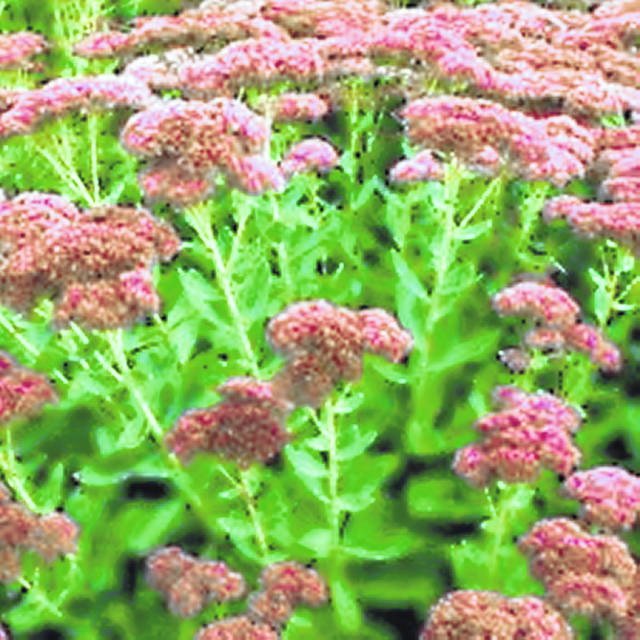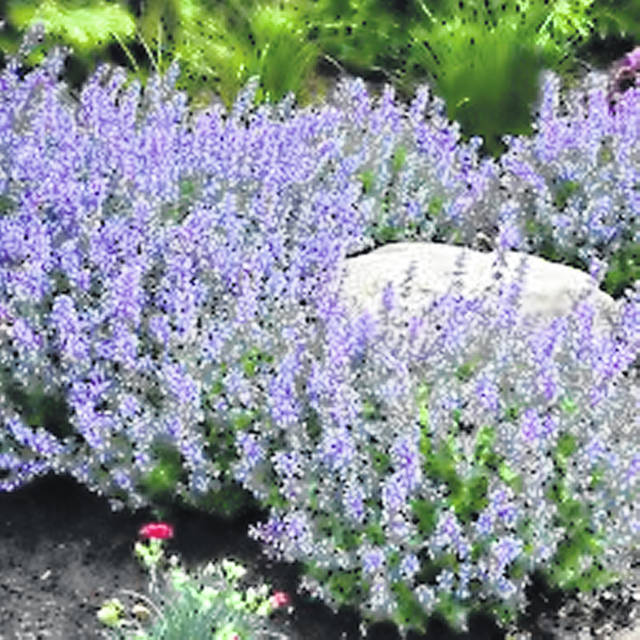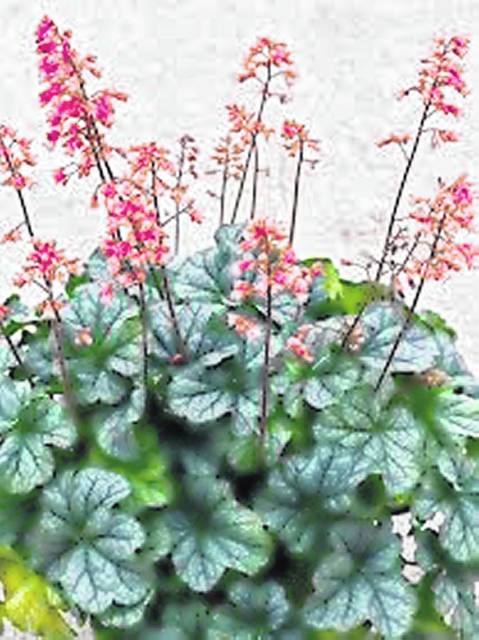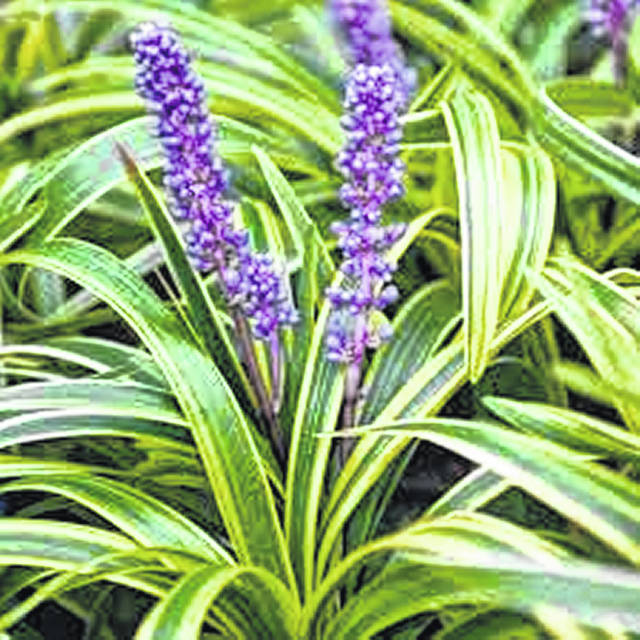





Now that garden centers are open and the weather is beginning to warm up, you may be thinking about sprucing up your landscaping or adding curb appeal. Whether you’re a novice or experienced gardener or somewhere in between, it makes sense to consider some perennial flowers that are hard to kill.
The long life of perennials gives the gardener some outstanding benefits. Their continual reappearance in the garden saves time, labor, and the expense of replanting every year. Plants well adapted to your climate and planted in the right location will require very little attention. If growing conditions are right, these plants send up new foliage and flowers each year when the weather warms and then go dormant with the onset of colder temperatures. This pattern can continue for many years – some perennials, for example peonies, bleeding heart, hosta, and hollyhock have been known to outlive their owners.
Yet, as in all gardening, whether it is perennials, annuals, vegetables, trees, etc., some varieties are more suited to our local environment than others. It’s possible to grow just about any plant just about anywhere if you work hard enough. So, if you are willing to take extraordinary measures to grow a finicky plant, more power to you! Pampered plants are like pampered pets – they’re beautiful to look at, but they can be hard to live with. So, before planting any plant, check out its needs and wants so that you are aware of how much pampering it is going to take. Or, check out some of the plants described below that are extremely hardy and seem to thrive in most situations despite the lack of care from their gardener. When shopping, look at the tag for zone hardiness. We’re in Zone 6, so focus on plants that are hardy down to at least Zone 5 to be safe.
While there are hundreds of choices, here are four that work for me rather than having me work for them. My first choice is Sedum. There are many different cultivars of this perennial, but one of my favorites is Autumn Joy. This plant does well in zones 3-10, and grows 18-24 inches tall, and 16-20 inches wide. Sedums are appreciated for their beautiful flower heads in midsummer through fall, and their unusual, succulent foliage that turns a rusty copper after the frost. They do best in full sun, but will tolerate a little bit of shade; and they do well in poor to average, well-drained soil. The plant does not require much fuss such as spraying or dead-heading, and maintains a nice compact shape with no trouble.
Another plant that is easily grown is Liriope. This is a short, compact plant that is best used as a border specimen. The variety that I have is Variegated Lilyturf. And, even though it is listed for zones 5-10, I have had no difficulty maintaining it in my landscape. It grows to eight to twelve tall and about as wide, and blooms late summer to early fall with spikes of purple flowers. It does well in partial shade to full sun, and the only care it needs is to cut it back in the early spring. It likes moist, well-drained soil, but, once established it tolerates dry soil with no problem. The foliage is beautiful all season. It is a classic iron- tough perennial for difficult sites.
Catmint has always grown well for me. This perennial thrives in zones 3-8, and does best in full sun but will tolerate a little bit of shade. It prefers dry conditions so you don’t have to worry about it during the heat of summer. Catmint grows to about twelve inches tall, and will spread some to fill in an area. The silvery gray foliage, abundant violet-blue flowers in May through July, and it’s neat, mounded habit, make it a great plant for the border or underneath taller plants in the landscape. Although the foliage is attractive all season long, a full repeat flowering in the fall is possible if the foliage is cut back after the summer bloom. The flowers are particularly attractive to bees.
Heuchera, also known as Coral Bells, is a great perennial for a shady or partially shady location in the landscaping. It is hardy in zones 3-8. This plant sports lovely lobed leaves in many shades of purple, brown, green, mahogany, yellow, and often mottled with silver or other colors. Small white, red, or pink flowers appear in late spring and early summer atop wiry stems that are 18-24 inches tall. Once the flowers cease blooming, the neat and tidy mounds of foliage, one foot tall and eighteen inches across, remain attractive throughout the rest of the summer. This is a great plant because of its reliability, versatility, and the beautiful options for colors that you have when choosing it.
For the lazy gardener, the gardener who doesn’t have a lot of extra time, or the gardener who just wants high impact with low maintenance, these four plants are good starting points. Want more information or ideas? Email [email protected].







